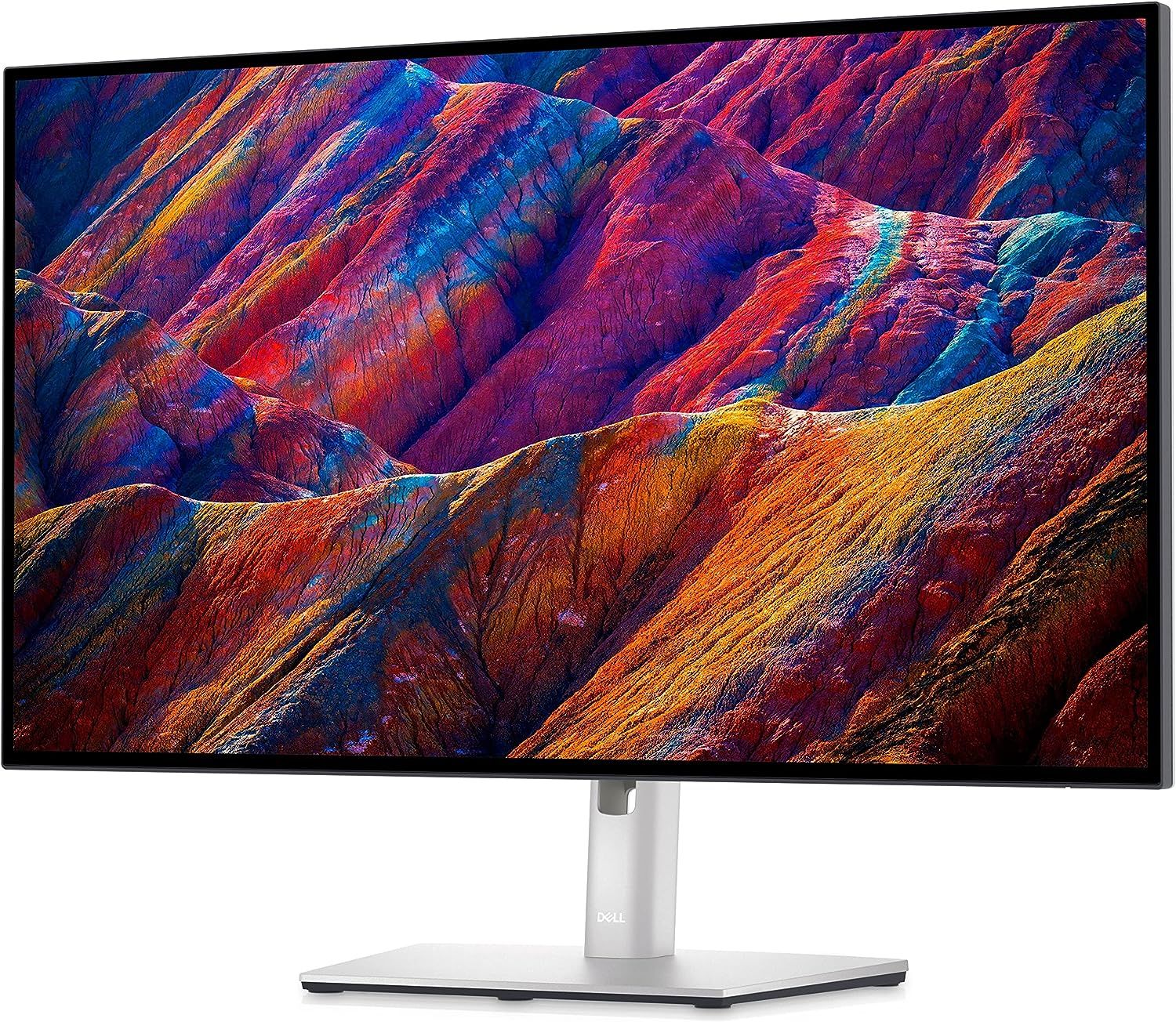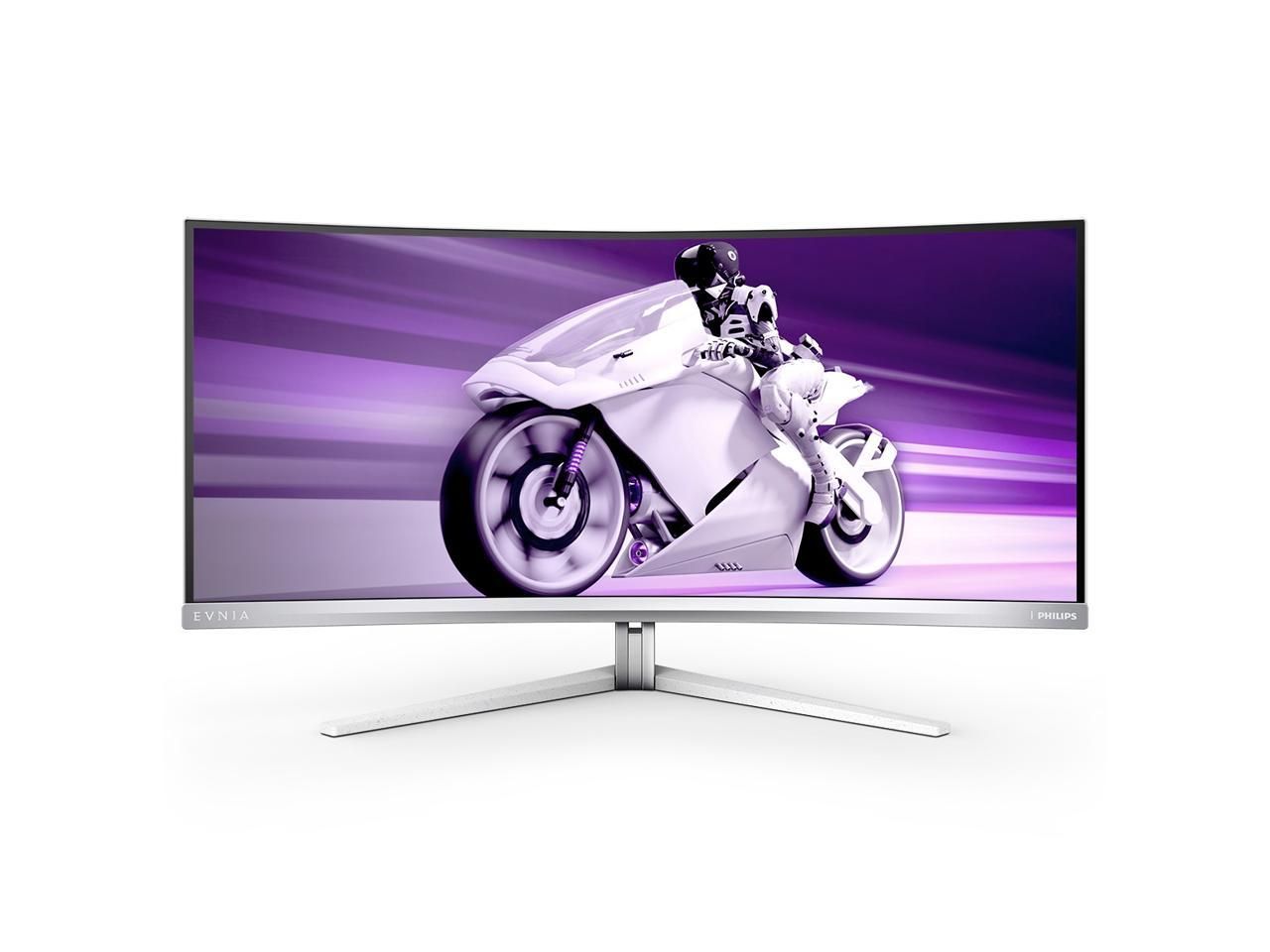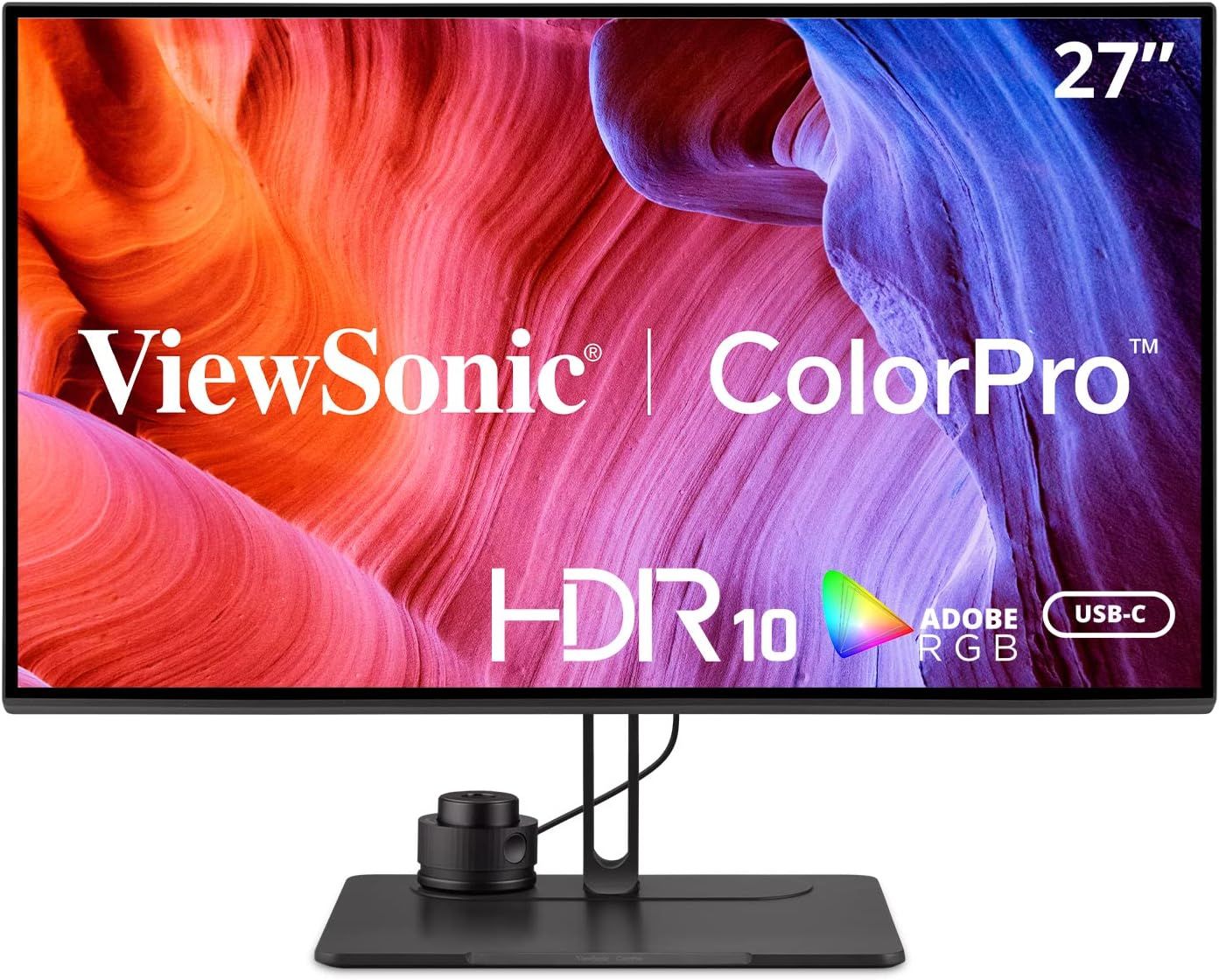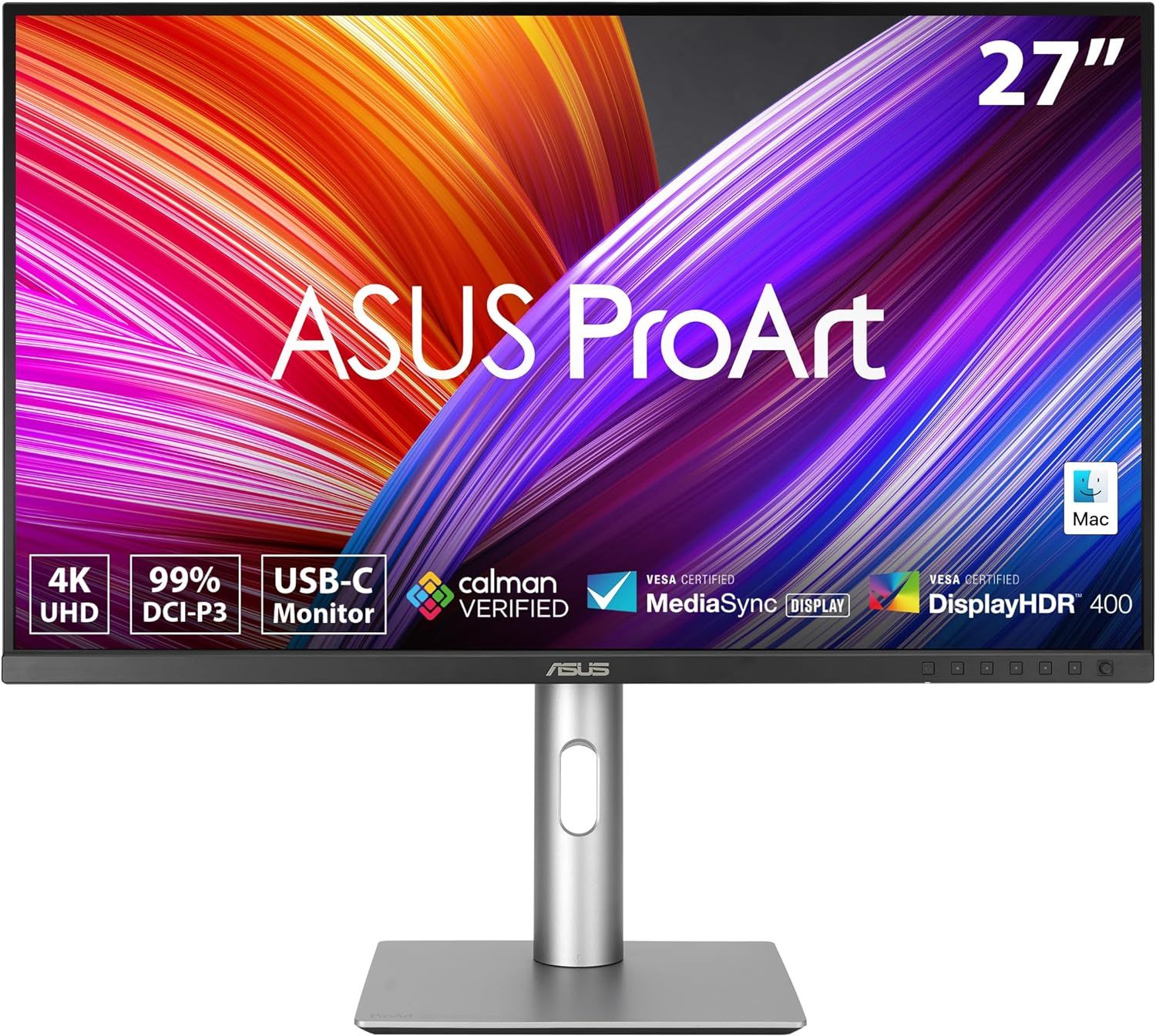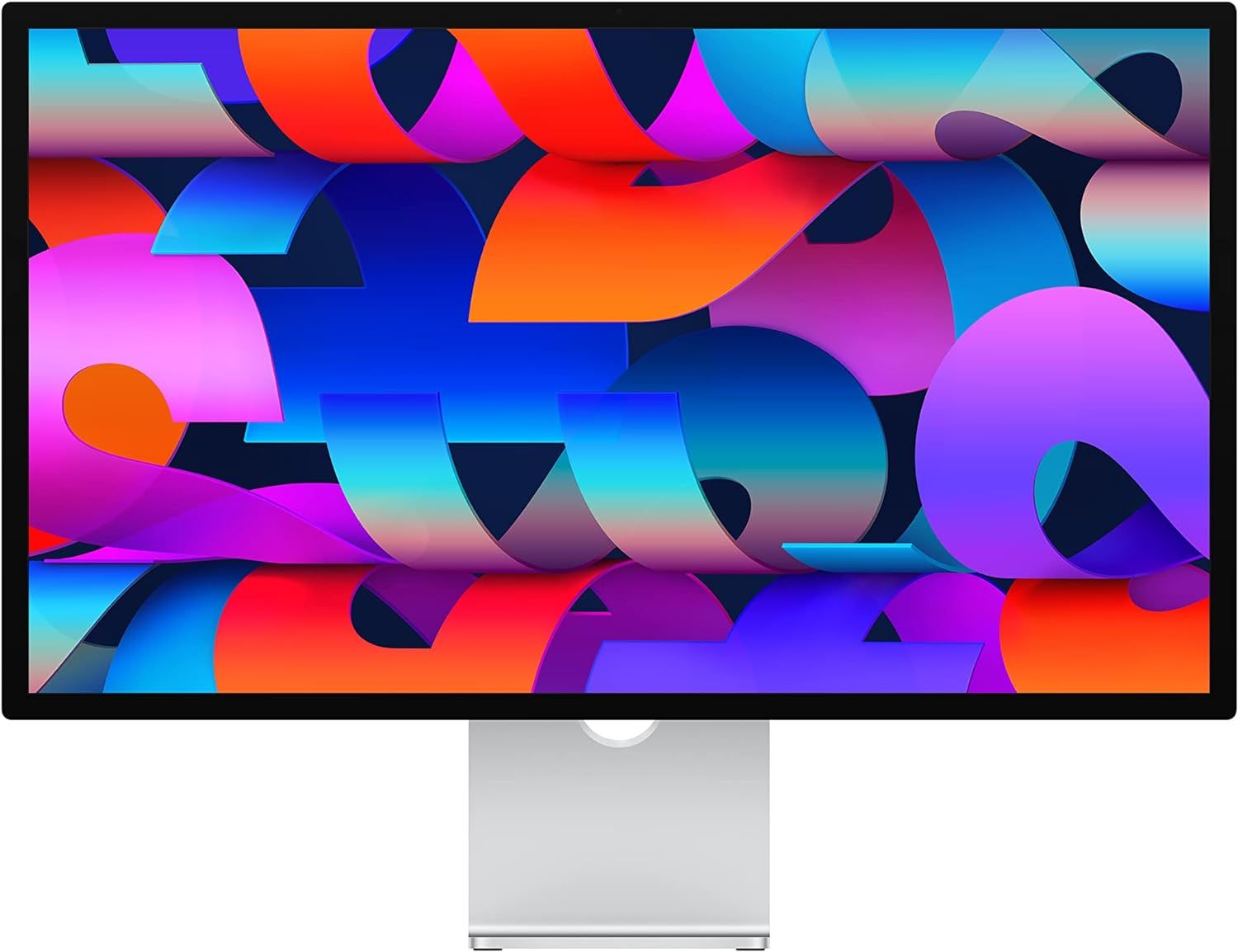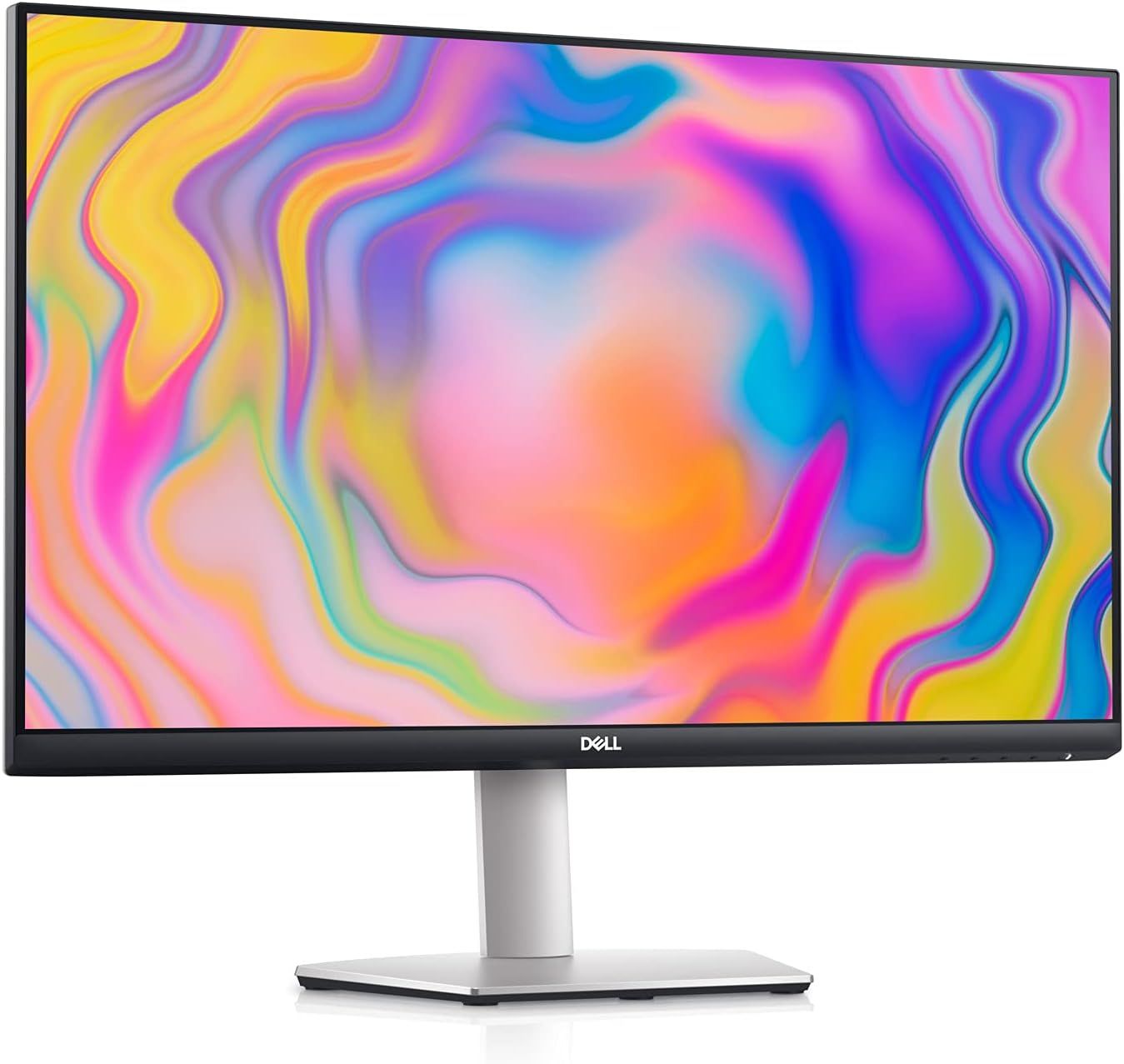When it comes to digital photography, a monitor is a window to a world of vibrant colors and crisp details. For photographers, from budding amateurs to seasoned professionals, the right monitor can elevate their art, bringing their visions to life with unparalleled clarity and accuracy. This guide explores the best monitors for photo editing, offering options to suit diverse needs and preferences, ensuring every photographer finds their perfect visual companion.
Updated Month April 22 2024 by Marc Storch: Now that the NAB Show (National Association of Broadcasters) has come and gone for another year, there is a slew of new and exciting products for content creators that are about to hit the shelves, but until they do, these are some of the best monitors for photo editing available right now.
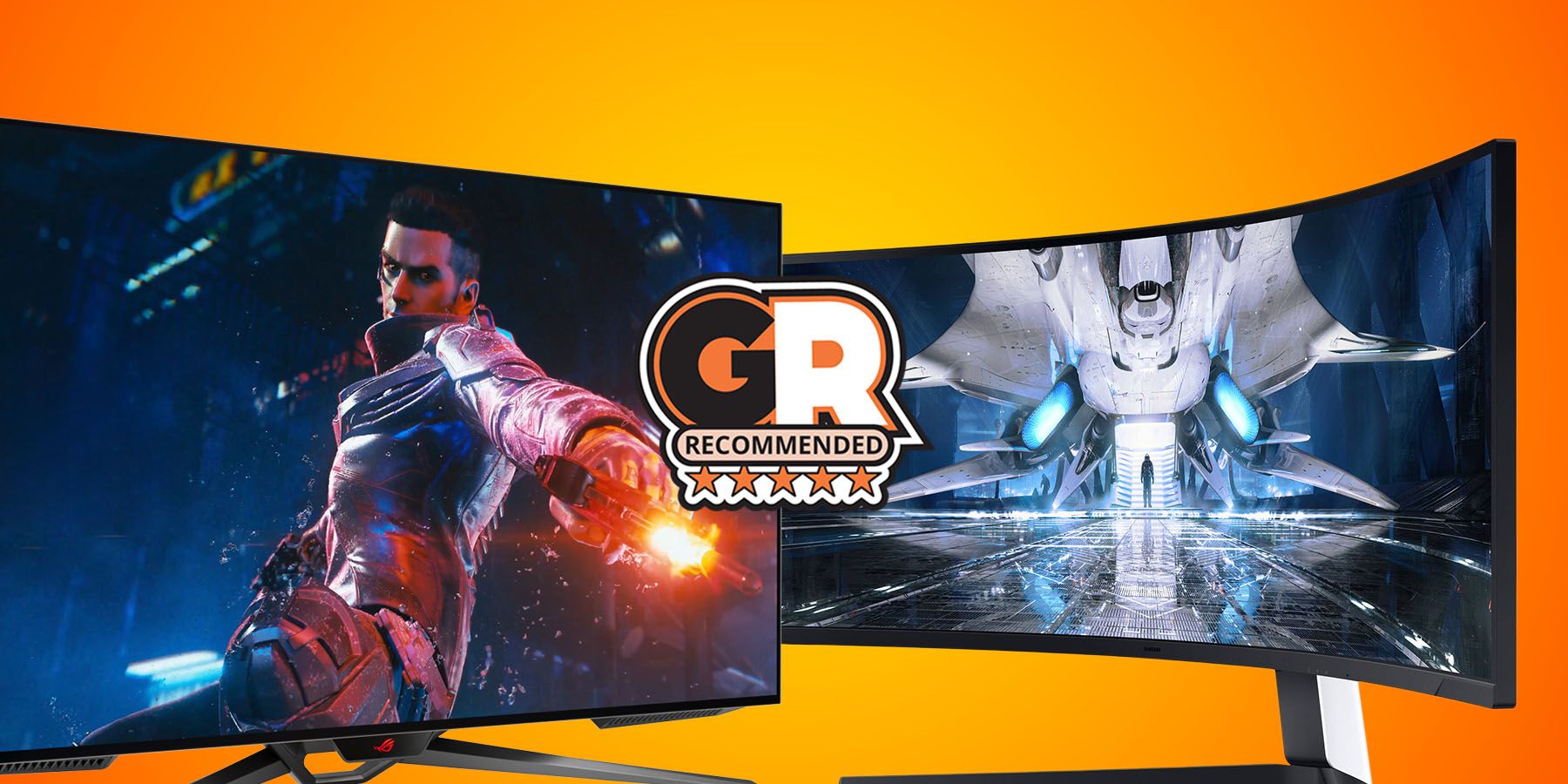
Best Monitors for Video Editing in 2024
Explore Game ZXC's picks for best video editing monitors, tailored for every editor’s needs.
Game ZXC's Best Monitors for Photo Editing
The Dell UltraSharp U2723QE is an excellent all-around productivity monitor that fits most people's budgets easily. It has a stunning color-accurate display no matter the work you want to use it for. Photographers can feel comfortable using this display to edit their photos for both web and print. However, it doesn't have some of the fancy features like a wide variety of color space support that some of the higher-end options do.
While this is not the brightest monitor available, the U2723QE does a pretty good job of handling reflections. The 2000:1 contrast ratio helps this monitor produce gorgeous colors regardless of lighting conditions. Plus, the Dell UI makes it easy to swap between color modes, so you can easily use a low blue light mode to reduce eye strain in one moment and then an accurate DCI-P3 color space in the next. That is not such a simple task on every monitor.
The USB-C connection allows photographers who use a laptop as their primary computer to easily connect to the U2723QE with just one cable that supports both display and a USB hub for all your accessories. However, Game ZXC would reccomend against hooking up SD card readers to this hub because you have to choose between either high data transfer speeds or high resolution when connected via USB-C.
The PHILIPS Evnia OLED curved gaming monitor is a bonus for photo editors seeking an amazing OLED solution. The QD OLED technology brings a new level of vibrancy and detail to images, making it a top choice for editing visuals. The 34-inch curved screen immerses you in your work, while the AMD FreeSync Premium Pro ensures that every edit is smooth and seamless. The added Ambiglow feature improves your viewing experience and adds an aesthetic touch to your workspace.
However, the monitor's 2560x1440 resolution might feel limiting for some users, especially given its large size. The curvature, a hit for immersive experiences, might not suit everyone's preference. Additionally, the gloss finish, while stunning, could be prone to glare in well-lit environments. And while the internal speakers are commendably good for a monitor, true audiophiles might still prefer external solutions. Overall, this monitor stands out in the OLED category for photo editing, merging technological innovation with practical features.
Photographers needing the most accurate colors and a monitor they can rely on should check out the ViewSonic ColorPro VP2786-4K. This monitor produces incredibly accurate colors across the board, and the included calibrator puck allows you to tune the monitor to your lighting as needed.
Anyone considering purchasing a color calibrator like the DataColor or X-Rite knows they are not cheap investments. So, it's incredible that ViewSonic includes one that can also act as a macro pad. There are some pre-programmed functions for Adobe Photoshop to use with this macropad, but you can also customize it to your liking and workflow.
But the included color calibrator wouldn't mean much if the monitor didn't hold up. Luckily, the VP2786-4K definitely gets the job done; not only does this monitor have incredible color gamut coverage, but it is also ridiculously accurate out of the box. While ViewSonic claims the Delta-E is <2, tests have shown the delta-E as low as 0.71, and that's right out of the box!
Asus' ProArt lineup has become a staple in the content creator community, and for good reason. Across the board, all ProArt monitors produce incredibly accurate colors at a reasonably affordable price point, and the ProArt Display PA279CRV is no exception. This monitor is perfect for photo editors on a bit of a tighter budget or editors just starting their editing journey who don't need the highest caliber of monitor available but still want the performance to be up to a professional standard.
The PA279CRV is not on the bleeding edge of display technology, but this monitor easily out-punches its weight class in multiple tests. With extensive color gamut coverage, 100 percent sRGB, 99 percent DCI-P3, and 98 AdobeRGB, this monitor beats out almost every other monitor in this category, even those with OLED panels. So, this monitor is excellent for photo editing, graphic design, and video editing. Anything that you need to know the monitor is displaying accurate colors the PA279CRV can handle.
This monitor does show its price a bit more in contrast and overall brightness. A peak brightness of 366 nits will not blow anyone away, especially regarding HDR, but it is more than suitable for editors. As long as editors have decent control of the lighting in their environment, this shouldn't present too much of a problem. Still, it might be best to check out other brighter monitors for editors in shared environments where it's harder to control the light.
Since its release, the Apple Studio Display has received quite a reputation. While this reputation is not always the best, it is hard to go wrong with the Studio Display for photo editors looking for a premium monitor that cuts very few corners.
Of course, this industry-leading monitor doesn't come in at a super affordable price point, but it makes up for its hefty price tag with some of the best color performance from a monitor. With a 5K resolution on a 27" screen, this monitor is incredibly sharp; even if you are a hardcore pixel peeper, it makes it easy to pick out details. While the color coverage is not greater than the other monitors in this guide, at 98% coverage of DCI-P3, it has that Apple magic behind it, which gives it this stunning look that is hard to find anywhere else.
This monitor is absolutely incredible in a light-controlled environment. Unfortunately, the standard glass for this monitor is quite prone to reflections and glares. So, like the Asus PA279CRV, the standard version of the Studio Display would be best used in a solo environment that is easy to light control. Luckily, Apple makes a matte version of this display that solves this problem. While it is more expensive for photo editors in naturally lit rooms, this is almost essential for the best experience.
The Dell S2722QC is not monumentally more affordable than some of the other monitors in this guide, but it is an excellent choice for photographers looking for the best bang for the buck. This 27" monitor combines a 4K IPS display with incredibly accurate colors and user-friendly connections, like a single USB-C connection for display and power delivery to the laptop.
The S2722QC is more aimed at the general productivity crowd instead of specifically for content creators, but after looking at the color performance tests, it would be hard to tell. This monitor produces accurate enough colors for editors to feel confident color grading web-based content. So, if you plan to print your photos, this monitor might not yield the best results.
This monitor really starts to shine after HDR mode is flipped on. HDR takes the measly 296 nits peak brightness in SDR mode to 411 nits peak brightness in HDR mode. While HDR photography is not as big as it used to be, it is slowly making its way back to the mainstream, and unlike the early 2010s, it doesn't always have to be an over-contrasty mess. This monitor helps deliver HDR edits that are super eye-pleasing; however, be sure to switch HDR mode off when working on SDR photos because this can skew the color accuracy.
Choosing the Best Monitors for Photo Editing
Selecting the right monitor is a critical decision that can significantly impact your final results when photo editing. Understanding key features and specifications will help you find a monitor that meets your creative needs.
Color Accuracy
Color accuracy is extremely important in photo editing. Monitors with high color accuracy ensure that the images you edit will appear consistent across various devices and in print, thereby preserving the integrity of your artistic vision.
Resolution and Panel Size
A higher resolution and a larger panel size offer more workspace and finer details, which are crucial for complicated editing tasks. Monitors with higher resolutions, like 4K, provide sharper images, making them ideal for photographers who work with high-resolution images.
Connectivity and Features
Monitors with various connectivity options offer flexibility when setting up your workspace. Features like adjustable stands and blue light filters add ergonomic value, making long editing sessions more comfortable and less straining on the eyes.

Best Monitors for Graphic Design in 2024
Unlock the potential of your creative projects with our expert picks for graphic design monitors.
FAQ
Q: Are curved monitors good for photo editing?
Curved monitors can offer an immersive experience, but flat monitors are typically preferred for photo editing for their accurate image representation.
Q: How important is color accuracy in a photo editing monitor?
Color accuracy is crucial in photo editing to ensure that the colors on the monitor closely match the final output, maintaining the integrity of your work.
Q: What resolution is best for photo editing monitors?
A 4K resolution for photo editing is ideal as it provides crisp detail and ample workspace, enhancing editing precision and image quality.


